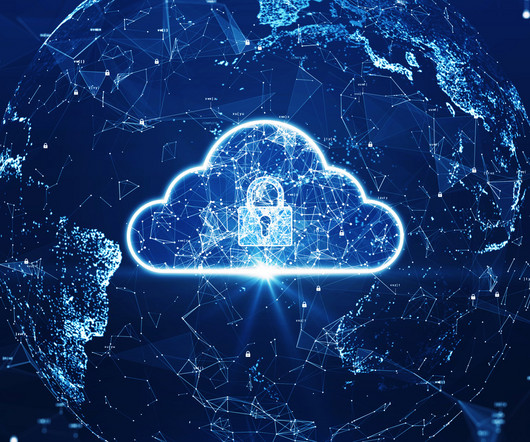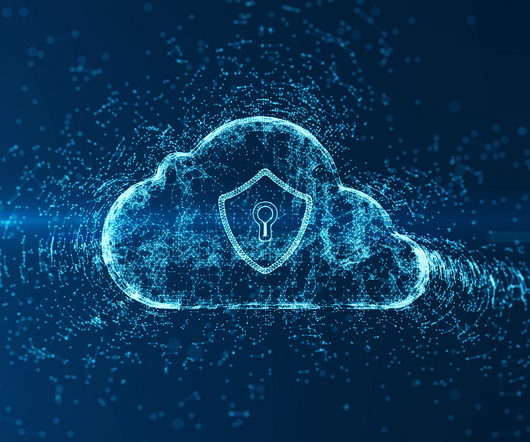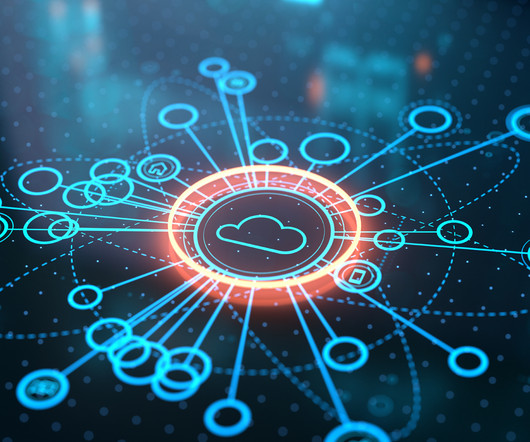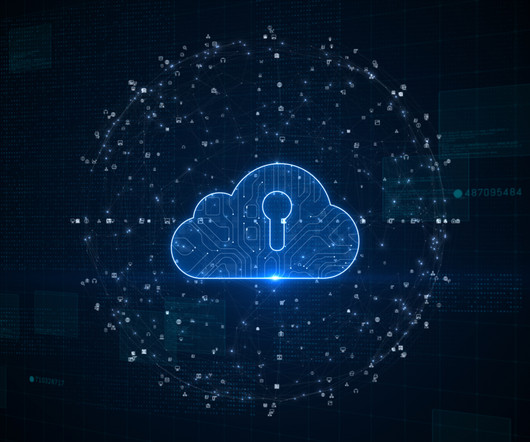Public Cloud Security Explained: Everything You Need to Know
eSecurity Planet
OCTOBER 16, 2023
They filter incoming and outgoing network traffic, permitting or prohibiting it depending on established security criteria. Firewalls are used to safeguard cloud resources from unauthorized access and possible dangers like Distributed Denial of Service (DDoS) assaults. Cloud security tools have evolved greatly over the years.



















Let's personalize your content